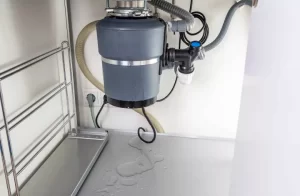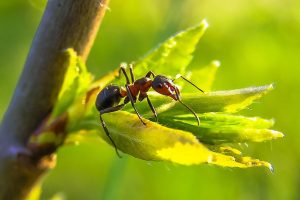Crawlspace encapsulation is a critical process for maintaining a healthy and energy-efficient home. It involves creating a barrier to seal off the area beneath a house, preventing moisture, pests, and pollutants from entering the living space above. Go through the steps involved in crawlspace encapsulation, helping you understand the importance of this procedure and how it can benefit your home.
Crawlspace encapsulation is designed to transform a damp, mold-prone space beneath your home into a clean, dry, and energy-efficient area. By isolating the crawlspace encapsulation from external elements, you can enhance indoor air quality and safeguard the structural integrity of your house.
Why is Crawlspace Encapsulation Important?
Crawlspace encapsulation addresses several common issues that can affect homes. Unsealed crawlspaces often allow moisture to accumulate, leading to mold growth, wood rot, and an inviting environment for pests. Furthermore, untreated crawlspaces can contribute to poor indoor air quality and higher energy bills due to temperature imbalances.
Assessment and Preparation
Before beginning the encapsulation process, a thorough assessment of the crawlspace is necessary. This involves inspecting for moisture, mold, and any existing damage. Any issues found should be addressed before encapsulation starts. The area is then cleaned, removing debris and ensuring a suitable workspace.
Moisture Barrier Installation
The cornerstone of encapsulation is the installation of a moisture barrier. This barrier is typically made of a durable material like polyethylene. It is spread across the crawlspace floor and often up the walls, creating an effective barrier against ground moisture. This barrier prevents water vapor from seeping into the crawlspace.

Sealing Vents and Openings
Crawlspace vents and openings are sealed to prevent outside air and moisture entering. This step is crucial in maintaining a controlled environment beneath your home. By preventing the influx of outside air, temperature fluctuations are minimized, reducing the risk of condensation and mold growth.
Insulation Installation
Insulation is added to the crawlspace walls and, in some cases, the ceiling. This helps regulate the temperature within the crawlspace and prevents heat loss. Proper insulation can also contribute to energy savings by reducing the strain on heating and cooling systems.
HVAC Considerations
Crawlspace encapsulation can impact the performance of your HVAC system. Consultation with a professional is recommended to ensure proper ventilation and air circulation. Sometimes, an HVAC system may need modifications to accommodate the encapsulated environment.
Pest Prevention Measures
Sealed crawlspaces are less susceptible to pests like rodents and insects. However, additional measures such as installing pest-resistant insulation and sealing gaps are essential to prevent unwanted visitors.
Finishing Touches
Once the encapsulation is complete, the crawlspace is further safeguarded with additional measures such as a dehumidifier installation. This ensures that the relative humidity remains optimal, reducing the risk of mold growth and musty odors.




